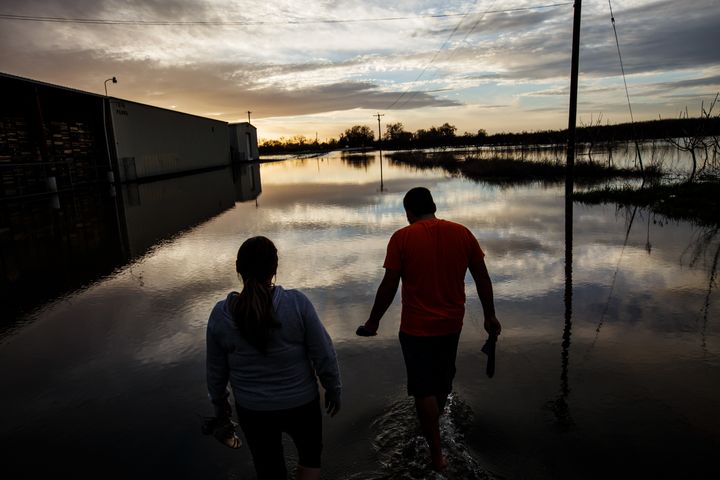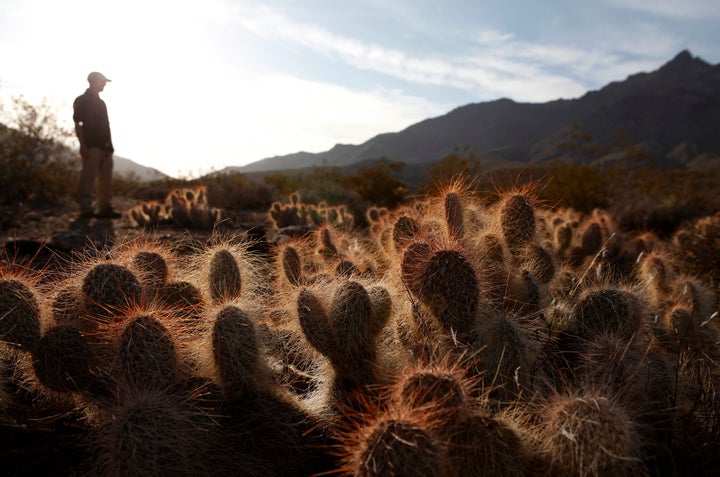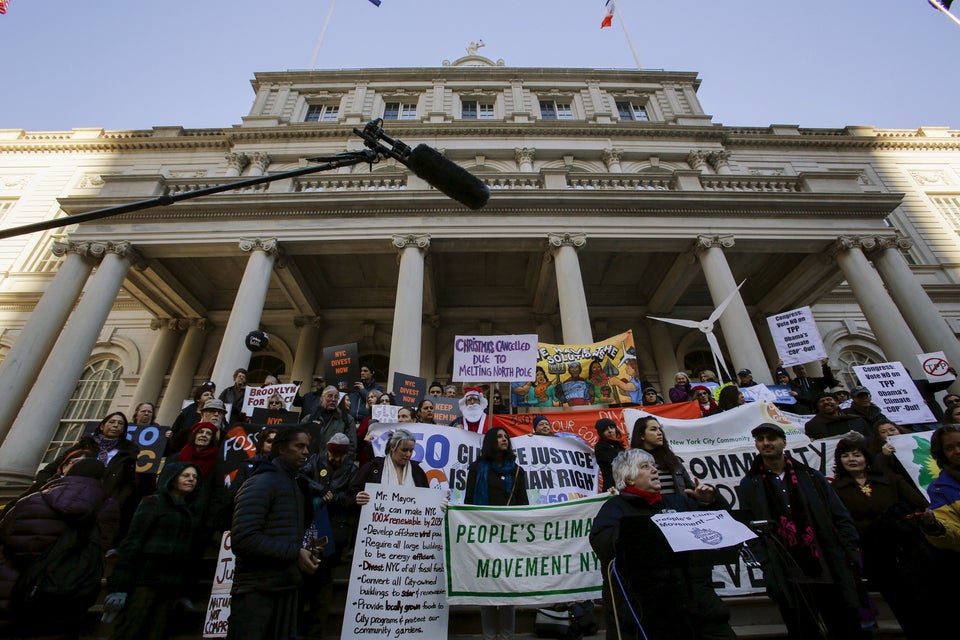When the overflowing Oroville Dam in Northern California was threatened due to damage sustained to its spillways earlier this month, about 200,000 people living downstream were evacuated from their homes.
The dam did not fail ― and authorities emphasized that the dam itself remains intact ― but the crisis still took its toll.
Water has continued to flow down the dam’s damaged spillways, contributing to erosion of areas below. Though residents living in the evacuation area have been allowed to return to their homes, they are still being told to remain vigilant in the event that another evacuation order is issued.
The ongoing situation has served as the latest reminder of the need to invest in the repair of America’s infrastructure, particularly its water systems, but it appears that addressing this need has become a lower priority for President Donald Trump’s administration.
On the campaign trail, Trump promised a $1 trillion infrastructure package to address the nation’s crumbling roads, airports, bridges and other projects.
In response to the crisis in Oroville, White House Press Secretary Sean Spicer reiterated that promise, calling the situation a “textbook example” of the need for a major infrastructure “overhaul.”
But $1 trillion is, of course, a lot of money, and it appears likely that Trump will hold off on asking Congress for it. An Axios article Thursday says that, according to unnamed Republican sources, the president’s infrastructure plan will likely be pushed off until 2018.
With the Oroville emergency, massive flooding in New Orleans and the drinking water crisis in Flint, Michigan, the need to rehabilitate the nation’s water infrastructure is urgent.

On its latest infrastructure report card, the American Society of Civil Engineers (ASCE) rated the nation’s dams and its drinking water and wastewater systems as Ds — nearly failing. The nation’s levees earned a D-minus.
To fix the problems will be a massively expensive undertaking. The cost to make needed repairs and expansions to the nation’s water systems alone has been estimated by utilities at $1 trillion between now and 2035, and, since federal spending on these systems has stagnated since the 1980s, the money to do what needs to be done is not there.
The Association of State Dam Safety Officials puts the price tag to repair just the 2,000 most deficient, high-hazard dams at $21 billion.
Even if Trump manages to push through a meaningful infrastructure package with the backing of Congress, the question of which types of investments it will prioritize remains an open one.
A list of 50 “priority” infrastructure projects provided by the National Governors Association to the Trump transition team leaked earlier this year presented a mixed bag of projects.
Peter Gleick, co-founder of the Pacific Institute think tank on water issues, said the list gave him both hope and concern.
“The wish list is a combination of some important, needed projects and some terrible, uneconomic, environmentally dangerous projects,” Gleick told The Huffington Post. “My hope is the good projects, and others, get funded and that the bad ones get rejected, but I’m skeptical of Congress being able to figure out which is which in a rational way.”
Some environmental groups are struck by the type of water-related projects included on the list.

While the list contained no initiatives to replace lead water pipes in cities like Flint, for example, it does include the contentious Cadiz water conveyance project, which would involve the building of a 43-mile pipeline to take pumped groundwater from the Mojave Desert to Southern California communities.
Despite being touted as a possible solution to drought-related water shortages in the state, the Cadiz project has run into a series of setbacks in recent years.
In 2015, the Interior Department’s Bureau of Land Management moved to block Cadiz Inc.’s push to build the project using an existing railroad right of way. That decision opened up the pipeline’s construction to a federal environmental review that will delay or even derail it.
Sen. Dianne Feinstein (D-Calif.) has vocally condemned the project. And environmentalists, ranchers and other groups have also expressed their opposition.
Aruna Prabhala is a staff attorney at one of those groups, the Center for Biological Diversity. Prabhala fears that the project, if completed, will harm the health of the Mojave Desert springs, as well as species that live in the area and rely on that water.
“This is not an infrastructure project that is being pushed for public health and safety or to benefit the environment at all,” Prabhala told HuffPost. “This is the exact opposite direction of where we should be investing resources.”
Despite that opposition, the controversial project’s inclusion on the Trump team’s infrastructure list has been a buoy to Cadiz CEO Scott Slater.
Slater, who had downplayed environmental concerns over the project, told The Sacramento Bee this month that he believes it will benefit from the changes in Washington.
Slater’s political connections clearly play a role in those changes.
As noted by the Bee story, Slater is part of the politically connected law firm Brownstein Hyatt Farber Schreck, where he works alongside former Interior Department solicitor David Bernhardt. Bernhardt served on Trump’s transition team and has been rumored to be in line for another leadership post at the Interior Department.
The law firm will also benefit if the Cadiz project succeeds — according to a Securities and Exchange Commission filing, the firm will earn 200,000 shares of stock in the company if it is completed, which at today’s value would be worth about $3 million.
The potential conflicts of interest are alarming to Kara Kaufman, press secretary of the Corporate Accountability International watchdog group.
Kaufman called its inclusion on the transition team list as an indication that the Trump administration is “focused on maximizing benefits for corporations” instead of the American people at large.
“This project clearly would prioritize the interest of a singular corporation over both people and the environment,” Kaufman said. “It’s troubling that the Trump administration seems to be providing an opening for this project to go through.”
There has been no indication that the BLM decision on Cadiz will be changing anytime soon, and the Trump administration has yet to formally propose any of the projects listed on the leaked list.
Still, Prabhala said, she and her colleagues will closely monitor any developments with the Cadiz project.
“There is a reason this project has not been moving forward. It’s not sustainable.”
CORRECTION: This article previously overstated the degree of damage to the Oroville Dam. Language has been amended to better describe the recent crisis.
――
Joseph Erbentraut covers promising innovations and challenges in the areas of food, water, agriculture and our climate. Follow Erbentraut on Twitter at @robojojo. Tips? Email joseph.erbentraut@huffingtonpost.com.

